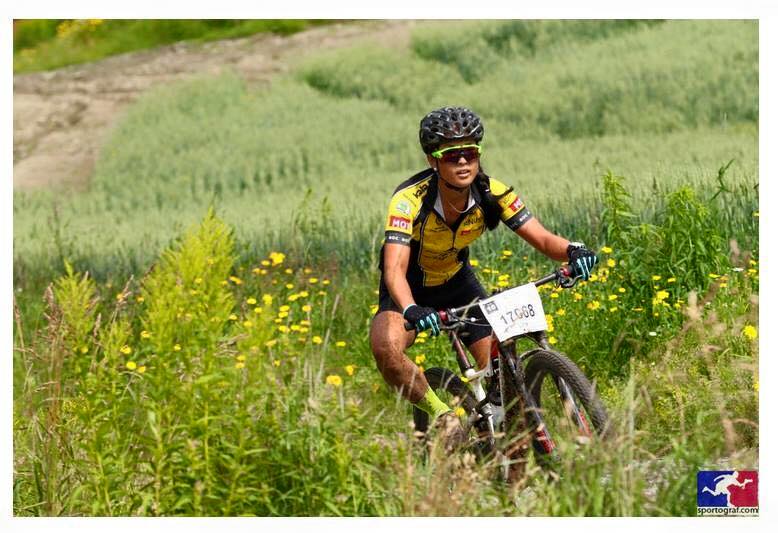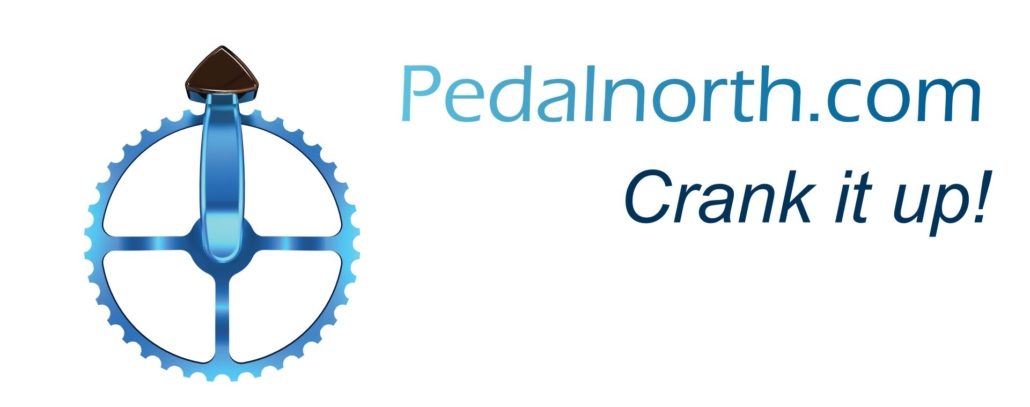XC Race Bike Maintenance
Norwegian XC racer, Linn Royne gives you some useful advice on bike maintenance

Both at the beginning of the season and after a hard few months of racing, your XC bike will need some tender care.
I took a chat with Pedro Matos. Pedro works as a bike mechanic at Velo City Oslo, Norway’s only Specialized Concept store. Velo City is located at Lysaker Torg a little bit west for Oslo Centrum. Pedro gives us an overview of what to do to prepare the bike for season start or at the end of the racing year.
________________________________________
How do you prep a bike for a race?
A Race-Ready bike shouldn’t be very different from how it is on all the other days. You want your bike to always be in a mint condition at all times. You want it to perform on any given day – recreational ride, training full gas, or at a race. But before the race you check the bike one extra time – just to make sure that the risk of a mechanical issue is as slim as possible. Here, it is also important that the rider has done his or hers research properly regarding terrain and weather. This important information needed to make a bike as race ready as possible for a specific race. With this knowledge, you will make good precise tyre choice and shock setup will make the bike as smooth as possible.
First, always keep the bike clean
No mechanic wants to work on a dirty bike. Take pride in your tool that potentially will take you to the top of the podium.
Second, check brake pads
Check the front wheel. Does it roll without resistance? Check the rim for damages, check the tension of the spokes and the trueness of the wheel.
Third, when was the last time you had a service on the fork?
It is never wrong to have an oil-change on the fork before a race. Most top-racers do it. It keeps the fork smooth, friction free and prolongs its life.
Fourth, check the handlebars
Are the brakes ok – do they feel firm or spongy? Maybe the need to be bled. Shifting – precise, or does it need adjustment? Tighten all bolts on the stem according to the specification of the stem. – Usually 5.5Nm.
Fifth, is there any play on the crank?
Is it smooth or does it have resistance (friction)
Sixth, rear-suspension – when was it serviced last?
Will it need oil change? How is the pressure and sag on the shock? The mechanic will ensure that the shock is working properly. It is up to the rider to set opp the suspension to his liking always with the track-profile in mind.
Seventh, Seat post and saddle
Any play? Confirm saddle height and tighten bolts.
Eighth, nobody likes a dancing rear triangle on a full suspension bike
Check all the bolts and links with a torque wrench. If a bolt with the correct torque still has play or it doesn’t provide smooth movement – the bearing most likely will need to be changed. Do this before this play or friction damages the frame-structure.
Nine, the drivetrain needs to be clean
Check the chain stretch and fine-tune the gears. If the chain has stretched past 0,5mm, change it! Don’t think it will last another race. Last thing you want is the chain to break on a steep hill, and this is to try and eliminate the risk of mechanical issues. Check the derailleur hanger – is it true and tight? Also check the tension on the rear derailleur, and tighten bolts.
Tenth, and lastly – check the rear brake-pads.
Do they need to be changed? Check the trueness of the rear wheel, check the condition of the tire and install the proper rear tire for that specific race. Check the rim for damages and the tension on the spokes. Will you need more tube-less liquid?
________________________________________
As you go check the bike with the above points, I make a list over the things that need to be done. I always start from the top of my list – front of the bike.
How often do you recommend having your bike for service?
I would check my bike more or less thoroughly after every time I use it. At least I keep it clean after it has been used. Sometimes more thorough than others, but I always inspect it while I hose it down. It avoids unexpected surprises. A full suspension bike have its links always in tension with twists and turns. So I always check the rear triangle for play after every ride. Using a torque wrench I keep it tight. Riding your bike with play in your rear triangle could potentially become expensive matter if you have to change bearings, bolts or in worst case chain- and seat stays.
The other components that potentially may become very expensive to fix if not maintained properly is the suspension. Keep track of the amount of time spent on the bike and the number of kilometers rode. High-end suspension has a service interval between 100-150 hours of riding. Change at least oil every 100 hours (at the latest) and do a full suspension service (change of dust-seals, O-rings etc) in addition to oil change every 150 hours. This is applicable for both front and rear suspension.
I would also consider to check the level of tube-less liquid on the tyres every now and then. This to make sure the tyres are as puncture-proof as possible at all times. I also mentioned the drive-train earlier. Check the chain often. A chain stretches with use and it is important to keep it tight for smooth shifting. I the chain has stretched more than 0.5mm, but less than 0.75mm, change the chain. You will then continue to use the same cassette. If the chain has stretched beyond 0.75mm, the chain and cassette need to be changed. Do not wait with this! If you change the cassette (i.e. if you want to change the gear ratio), you always have to change the chain as well. The chain and cassette wear and tear together. A new cassette and an old chain will never work well together.
A 1x crank chain wheel will wear and tear faster than a 2x crank. Check the teeth on the chain wheel occasionally – they shouldn’t be too sharp or too deep.
Last question, what can you do yourself to maintain your bike?
Every rider has the responsibility to keep the bike as maintained as possible. Get to know your bike. Clean it often and give it a lot of TLC. Take note of the hours spent on the bike for the maintenance of the suspension. Buy a torque wrench and a chain checker so that you can make sure the bolts are tight with the correct torque and the condition of the drive-train. To adjust the gears and shifting is not a very difficult thing to learn and master.
To remove and install new brake pads is also fairly easy if its done early enough. Some riders manage also to bleed their own brakes if needed, but that is something that I do not expect from everyone. You may also check the condition of the tires. The rubber should be black and slightly sticky – not grey and dry. Tubeless set-up is also something you could do yourself, but not everybody can do it without a compressor. All that is left is for you to get your own bike ready to race now … of you go!




